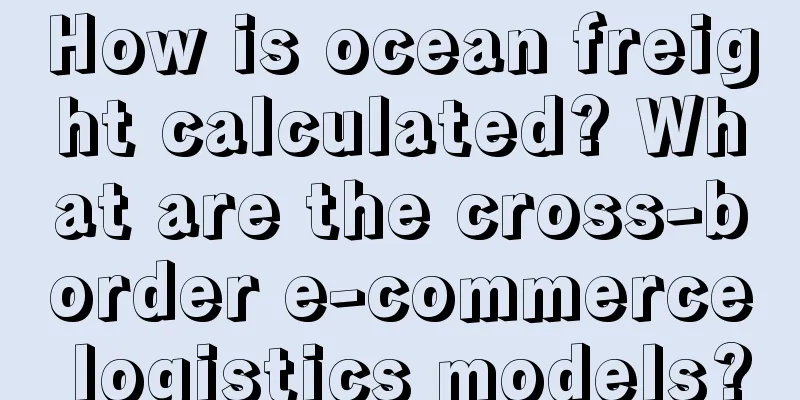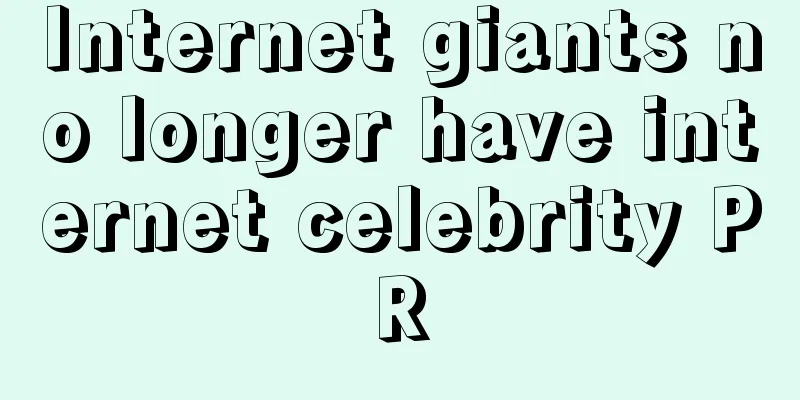How is ocean freight calculated? What are the cross-border e-commerce logistics models?

|
If merchants want to open a store on a cross-border e-commerce platform, they must solve the problem of logistics. Because it involves customs, the freight is different from the ordinary domestic freight. Do you know how to calculate the ocean freight? The following is the answer for you. How to calculate the ocean freight? The calculation of ocean freight involves many factors, including the weight, volume, destination, route, mode of transportation, shipping company, etc. The following are some common methods for calculating ocean freight: FCL (Full Container Load): If you have enough cargo to fill a full container, you can choose FCL shipping. You need to provide the net weight and dimensions of the cargo, as well as the origin and destination ports, and then contact the shipping company or use the online quotation tool to request a quote. LCL (Less than Container Load): If your goods cannot fill a full container, you can choose LCL shipping. Usually the charge is based on the volume or cubic meter (CBM) of the goods. You need to provide the size and weight of the goods and contact the shipping company for a quote based on the starting and destination ports. Shipping Line Quotes: You can get ocean freight quotes by contacting the shipping line directly or using an online platform and providing them with detailed information of your cargo such as weight, dimensions, origin port and destination port. Different shipping lines may offer different prices and services, so it is recommended to compare and negotiate. What are the cross-border e-commerce logistics models? 1. Cross-border direct mail model The direct mail model means that domestic consumers first place an order on a cross-border platform, the order is sorted abroad, and then the goods are shipped to the country via postal EMS or international commercial express air trunk lines. After customs declaration, the goods are distributed domestically and finally delivered to consumers. 2. Overseas shopping and transshipment model The transshipment model refers to taking advantage of the gaps in international logistics, seizing the scale effect of the links, selecting appropriate collection warehouses, collecting a sufficient number of parcels, shipping in batches to reduce air booking costs, and then transferring them to cheap express delivery after they are shipped domestically. A set of Internet-based user, order, and shipping and receipt management systems is built, and suitable freight forwarders are signed to ship to the destination country. 3. Bonded import logistics model The bonded import logistics model means that foreign goods arrive at the domestic special customs supervision area in batches through international air and sea transportation, and the goods are stored in the cross-border logistics warehouse established by cross-border e-commerce enterprises in the domestic bonded area logistics center. After consumers place an order on the platform, the order is sorted, and after bonded customs clearance, the goods are delivered through domestic logistics. 4. Postal Parcel Mode The postal parcel network can cover more than 230 countries and regions in the world. The logistics channels are relatively wide and can basically be transported to all parts of the world, meeting the needs of cross-border sellers. According to statistics, 70% of China's cross-border logistics parcels are delivered through postal channels, with China Post accounting for the largest share, with a share of nearly 50%. Postal parcels are relatively cheap and can be delivered by comprehensive use of transportation tools such as railways, highways, water transport, and aviation, so they can meet the needs of the public to send and deliver items. At present, common postal parcel service methods include China Post Small Packet, EMS, International e-Postal Treasure, etc. In addition to the basic transportation costs, ocean freight may also include other fees, such as port fees, tariffs, insurance premiums, fuel surcharges, etc. In addition, ocean freight may vary at different times and seasons, which all merchants need to understand. Recommended reading: How to do cross-border e-commerce in Dubai? How to do trade in Dubai? What are the payment methods for international trade? Introduction to 3 common methods What does a trade surplus mean? Is a trade surplus or a trade deficit better? |
<<: Which foreign b2b website is better? How about b2b website?
Recommend
What kind of people are suitable to be digital nomads?
Not everyone can be a person who has no fixed resi...
Why can't I log in to Wish? What are the reasons?
Some domestic merchants like to sell products on c...
How do new sellers on Amazon Europe choose products? Methods and techniques for selecting products
For new sellers, choosing the right products to se...
How to write an Amazon product description? How to write a product description?
Amazon merchants need to prepare product pictures ...
Brand rejuvenation: How to make young people love you and buy you?
Now all major brands are pursuing rejuvenation. Wh...
How do self-media people who earn 10,000 yuan a year and 300 million yuan a year create a gap?
In an age where everyone is a self-media, why is i...
Can I still open a site if I can’t graduate from Shopee? How can I survive the incubation period?
After merchants join the Shopee platform, they can...
Which site is better for Shopee Malaysia or Vietnam? How to do Shopee well?
There are so many cross-border e-commerce platform...
How much is the handling fee for selling things on eBay? What are the rules of the eBay platform?
As the eBay platform continues to grow, there are ...
What are the cross-border e-commerce logistics? Introduction to the four major models
I believe everyone knows how popular the cross-bor...
Long video theater midfield battle
This article mainly discusses the development stat...
Cross-border e-commerce reshapes the domestic small appliance industry
The development of cross-border e-commerce is resh...
What is a parent in Amazon? What is an Amazon variation relationship?
When opening a store on Amazon, you will inevitabl...
40+ sisters, mass-produced women's clothing live broadcast room with GMV exceeding 100 million
As the live streaming industry is developing rapid...
A 3,500-word analysis of Xiabu Xiabu’s membership operations: Is “paid membership” a new trend in the catering industry?
This year is a year of recovery for the catering i...









